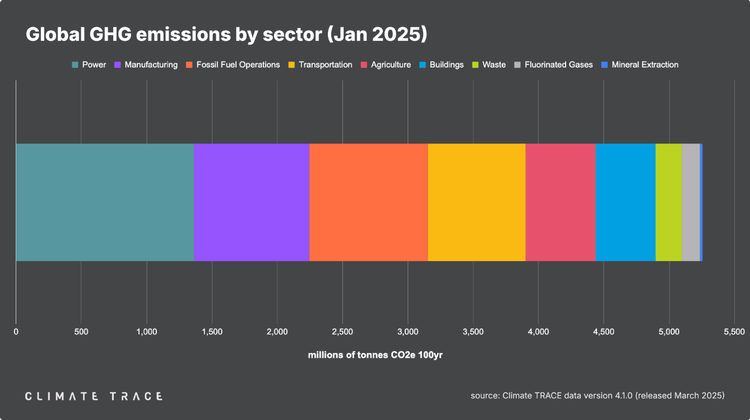Two-thirds of WBCSD members tie executive compensation to sustainability performance

Linking executive pay to sustainability performance is now common practice amongst members of the World Business Council for Sustainable Development (WBCSD) – but the influential organisation has warned that sustainability direction is still lacking at board level.
For the first time in 10 years, the WBCSD has tracked how sustainability is integrated into companies’ governance structures. According to its latest Reporting Matters document, executive compensation is now linked to sustainability performance in 66% of companies.
This data suggests that sustainability governance for WBCSD member firms is slightly behind that of S&P 500 companies, 72% of which apply ESG incentives to executive pay in 2023. However, they remain far above average: despite a marked increase in this practice, it is estimated that globally, about 38% of companies used ESG metrics as KPIs for their executives as of 2021.
(It’s worth noting that aligning remuneration with sustainability KPIs is not all it takes to foster a sustainable culture within organisations.)
The WBCSD also noted that only 16% of the 166 reports reviewed had “a clear narrative” on their board’s sustainability experience. In particular, few companies provide details on whether sustainability skills influence the board selection process.
Additionally, they rarely attribute sustainability responsibilities to individual board members or executives, with 80% aligning them with committees and groups instead. “Setting the right tone from the top and demonstrating leadership capability at the board level is key as companies look to transition and become sustainable across their value chain,” warned the WBCSD.
Integration of sustainability and financial reporting still lags
Despite efforts by regulators and standard-setters to encourage companies to report on sustainability within their financial filings, the wide majority (62%) still produce separate sustainability reports. In fact, the proportion of firms that publish combined or integrated reports hasn’t substantially increased since 2020.
However, regional disparities suggest that regulation does influence how companies present their sustainability reports: in the EMEA region, where EU regulations such as CSRD are requiring stringent reporting, 50% of them combine sustainability and financial information into a single report.
Meanwhile in the Americas, only 16% do (though this could soon change in Brazil with the adoption of the ISSB sustainability disclosure standard by capital market regulator CMV).
Interestingly, standalone sustainability reports take much longer to produce than combined or integrated reports. On average, they are published 4.3 months after the end of the fiscal year, compared to 2.6 months for combined reports. According to the WBCSD, time is of the essence when sharing sustainability progress: “The timeliness of publishing non-financial disclosures in line with the financial year end is key as it influences stakeholder decision-making,” the organisation said.
Nature-related disclosures grow in popularity
For the first time this year, the WBCSD scanned sustainability reports for mentions of the Nature-related Financial Disclosures (TNFD), a framework finalised last September to help companies assess nature and biodiversity-related risks and impacts. It found that more than one-fifth (22%) of its members referenced the TNFD in their reports, proving that “Reporting on nature using frameworks and standards is becoming commonplace”.
In terms of climate reporting, the Global Reporting Initiative (GRI) and Task force on Climate-related Financial Disclosures (TCFD) were the most commonly used frameworks in 2022, with more than 80% of reports aligned to them. In fact, the council notes that TCFD references have gone up by 26% since 2020, though companies that use this framework tend to report in line with only half of its recommendations.







Member discussion